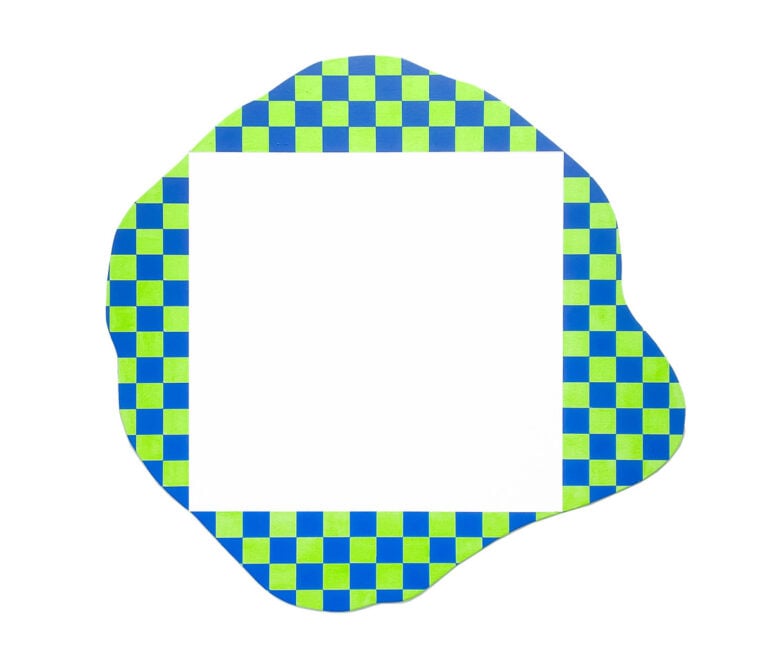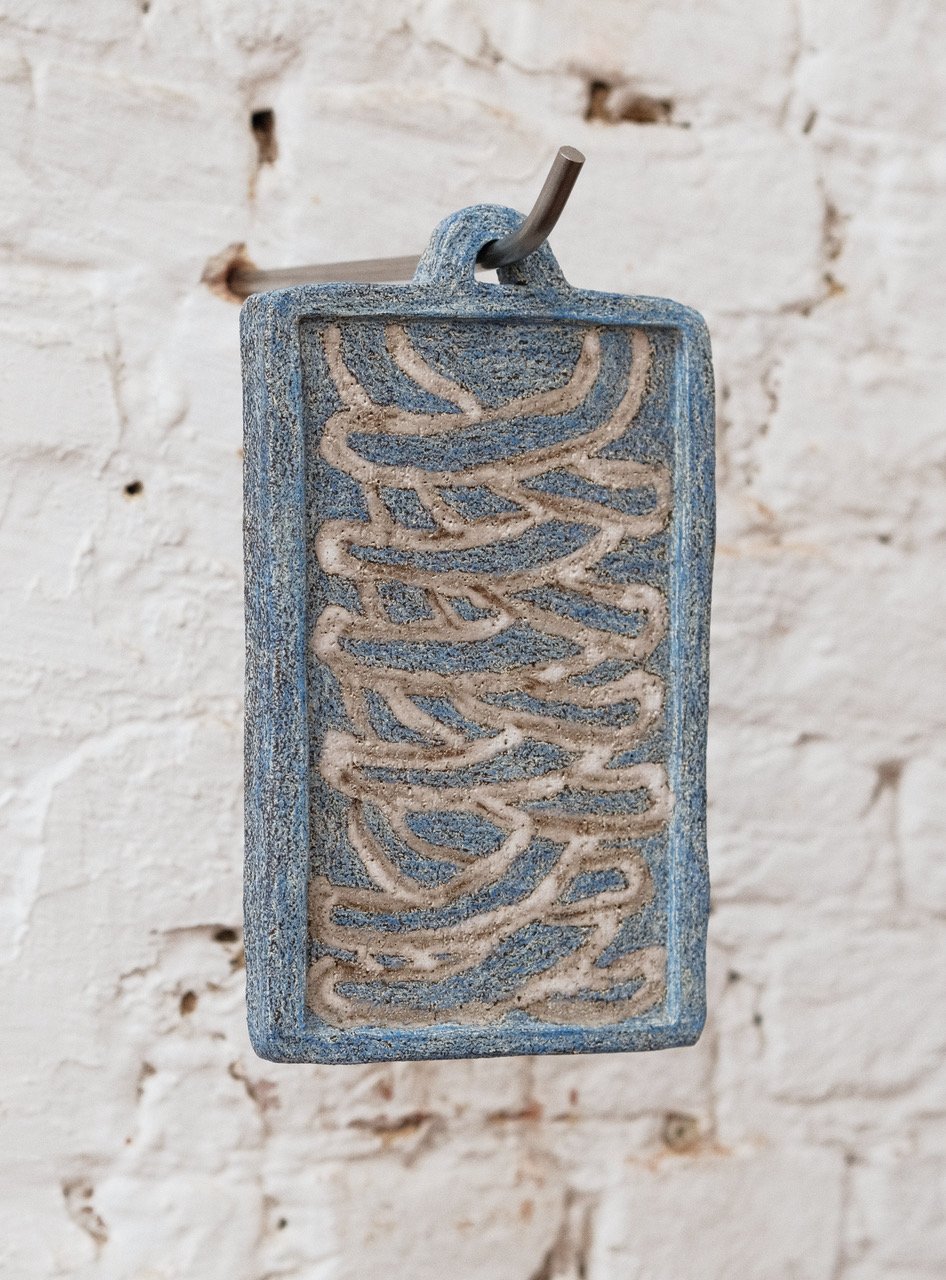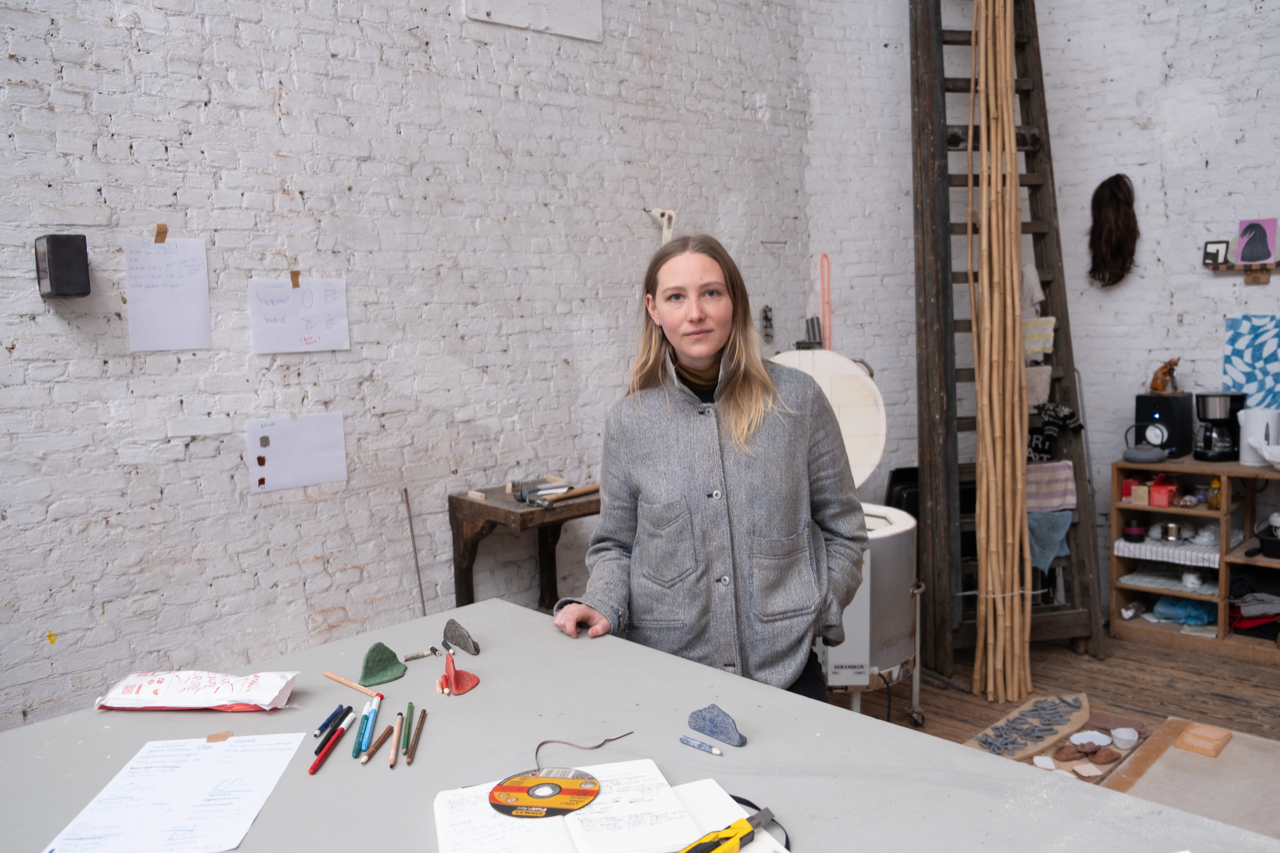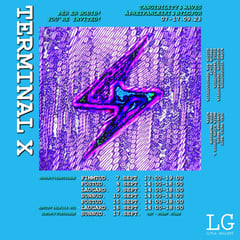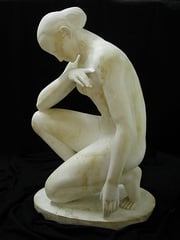Parergon: The Absence That Defines The Painting
In philosophy, the concept of “Ergon” refers to the produced object or what characterizes it as a work made by human hands. The “Ergon” of an artwork is thus the product of an artist. A musical composition is the product of a composer, a sculpture is the product of a sculptor, and a painting is the product of a painter.
On the other hand, the term “parergon” refers to something that accompanies the product, without being the product itself.
In his book “The Truth in Painting,” the French philosopher Jacques Derrida explores the nature of painting, focusing particularly on its “parergon.” Derrida begins his reflections by quoting the French painter Paul Cézanne, who expressed an interest in the meaning that is not visible in the painting, while simultaneously dealing with the truth in the painting. But in Cézanne’s perspective lies a glaring contradiction. It is that hidden meaning and truth cannot be one and the same unless one views the meaning that is not visible in the painting as the truth in the painting. According to Derrida, we cannot analyze a painting by looking only at what is within its frame and ignoring what is outside it, or vice versa, because: “The boundaries of what is inside and outside must, at some point, be intertwined.” Or, to take this even a step further, the truth that is not seen in the painting, or product, becomes the absence that defines the painting.
Jón B. K. Ransu is an artist who was educated in the Netherlands from 1990 to 1995. During this period, he participated in an exchange program at the National College of Art and Design (NCAD) in Dublin for one semester. In 2006, Ransu took part in the International Studio and Curatorial Program (ISCP) in New York and received a grant from The Krasner Pollock Foundation.
Ransu’s paintings often revolve around the reinterpretation of artworks or art movements, with a focus on how we perceive and process the information of colors and forms. In the fifth volume of the Icelandic art history series published in 2011, it is stated: “Ransu has conducted various experiments related to appropriation painting and the perception of the viewer. […] Although it involves appropriation, the artist is never hesitant to reinterpret these references into his own creations by altering the material, form, or context, which increasingly reflects the realm of nei-modernism, especially Op Art, where he combines forms and colors that induce perceptual dissonance in viewers” (Gunnar Kvaran, Icelandic Art History: From the Late 19th Century to the Early 21st Century. New Painting, Performances, and Installations, Forlagið and the National Gallery of Iceland, 2011, p. 85).
Ransu is also an author of scholarly books and has contributed significantly to writings on contemporary art in books and journals in Iceland. He worked as an art critic for the national daily Morgunblaðið from 2002 to 2010. He has authored three books on art: “The Aesthetic Value of Contemporary Art: A Guide to Contemporary Art in Iceland” in 2012, “The Painting that Escaped the Frame” in 2014, and “Pure Horror: Form and Formlessness in Contemporary Art” in 2019. Additionally, he co-authored the books “Valtýr Pétursson,” published by the National Gallery of Iceland in 2016, and “Gerður: Master of Metal and Glass,” published by the Kópavogur Art Museum in 2010.
Since 2005, Ransu has undertaken various curatorial projects and has organized exhibitions for the National Gallery of Iceland, the Reykjavik Art Museum, and the Living Art Museum. He was one of the curators for the Momentum 9: Alienation biennial in Moss, Norway, in 2017. The Momentum biennial is one of the largest contemporary art exhibitions in the Nordic countries.
Lastly, Ransu is educated in pedagogy and was a part-time lecturer at the Iceland Academy of the Arts from 2002 to 2016, where he taught both practical and theoretical courses at the BA and MA levels. He is currently the head of the Painting Department at the Reykjavik School of Visual Arts.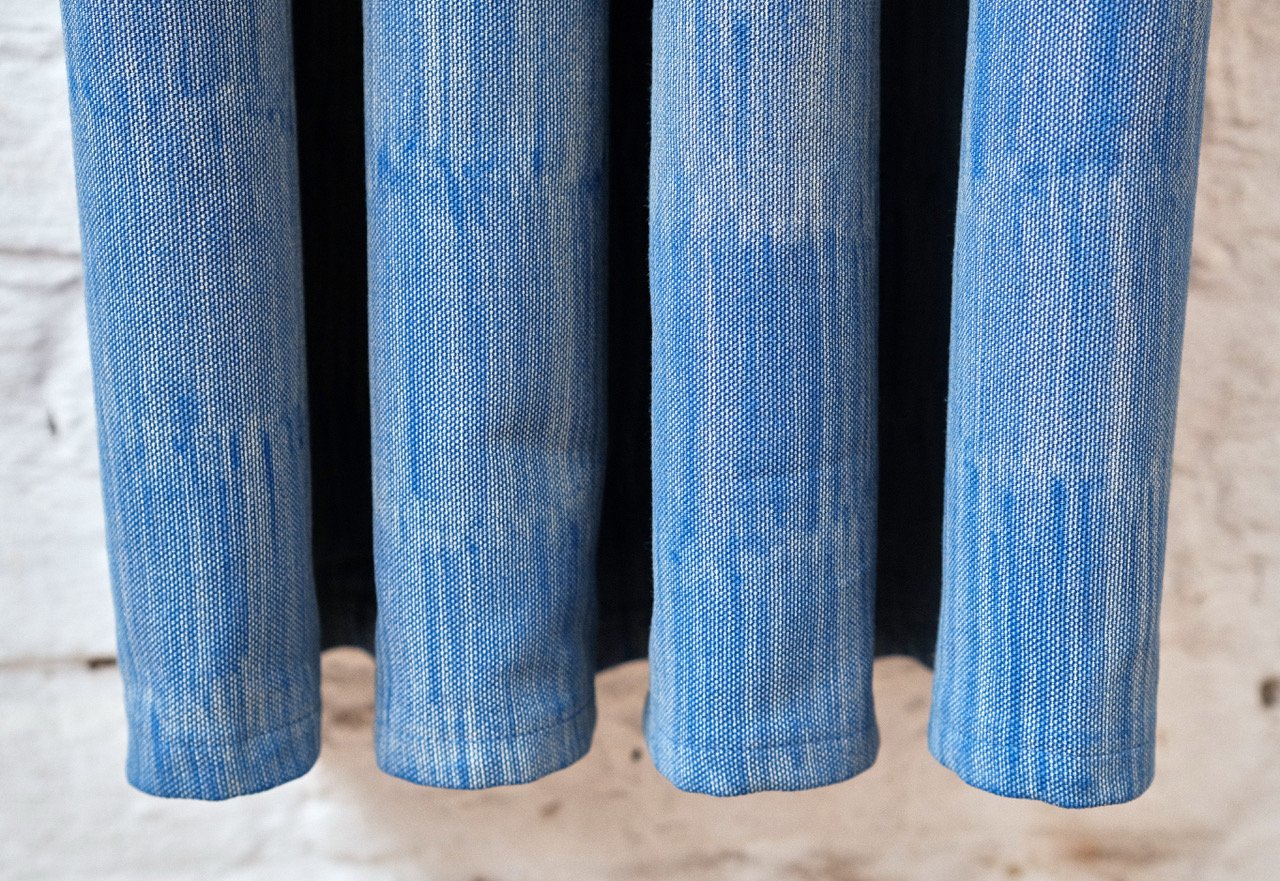
I walk around and peek in between
May I take a look?
In between, space, slit, slot
I fumble and feel my way around but grasp at nothing
I try again, and again I grasp at nothing
It all packs neatly into a suitcase
Welcome, suitcase exhibition
Puzzle, puff, polish, scratch and scrawl
Piece the puzzle together
Many a mickle makes a muckle
Here and now and here and there
For now, for the time being, for a while, at the moment
For want of a nail the shoe was lost
For want of a shoe the horse was lost
In, in the middle, in the midst of, mid, midway
About the artist:
Sigurrós G. Björnsdóttir (b. 1991) is an Icelandic artist based in Antwerpen, Belgium. She completed her master’s degree in Fine Arts at the Royal Academy of Fine Arts in Antwerp in 2021 and her BA degree from Iceland University of the Arts in 2017. Sigurrós works in mixed media, but lately with an emphasis on sculptures. In her work, she mixes her world of experience, fiction, and influences from her environment and communicates different narratives and stories with them. Sigurrós has taken part in various exhibitions in Belgium, Iceland, Germany and Holland.



